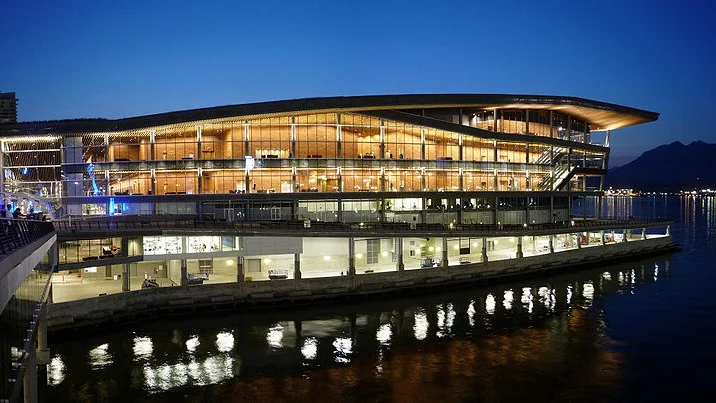Water Quality Considerations for Green Buildings
People often associate green buildings with water-saving aspects, like low-flow toilets or sinks fitted with sensors that automatically turn the water on and off. Those things can indeed play a substantial role in making a structure more sustainable.
However, one reality that often gets overlooked is that an eco-friendly structure does not always have cleaner, better-quality water. Here are some crucial things for architects, construction site managers and other professionals to consider, so green buildings have safe, effective plumbing systems.
Increased Water Age Could Raise Contaminant Levels
image © unsplash
Discussions about a building’s water age relate to how long it takes for the liquid to flow from its source to consumers. People who research this topic know that older structures often have a higher water age than newer ones. However, a 2015 study revealed some alarming findings.
For example, genetic markers associated with pathogens were one to four orders of magnitude higher in green buildings than conventional ones. Scientists also discovered that sustainable structures had longer periods of water stagnation. Their paper’s discussion section recommended that building designers avoid options that will likely increase the water age.
Another aspect highlighted in the study that the researchers associated with water age was the rapid residual decay of disinfectant agents used to keep the fluid safe for consumption after processing. Keeping a low level of chemicals like chlorine in the water is a best practice for managing microbial contamination problems.
Lead Poses Concerns in Older Buildings
image © pixabay
Some green construction projects center on renovating historic buildings. The tendency in earlier eras was often to destroy the older structures and replace them with ones featuring the latest environmentally friendly technology and designs. However, it’s becoming more common to revamp older buildings.
For example, the Leadership in Energy and Environmental Design (LEED) certification is a worldwide program where buildings earn credits for energy-saving and eco-friendly characteristics. A home built in 1807 is the oldest historic building in the United States to get LEED certified. However, it is far from the only example.
Lead is one of the water quality concerns associated with older buildings. For example, if a home has metal plumbing at least 30 years old, the pipes’ solder probably contains lead. An inspection and water quality tests can help confirm the extent of the issue before work begins to remove and replace the problematic pipes.
There is a LEED framework associated with lead risk reduction that’s useful for anyone involved with renovating an older building to earn credits. They apply to structures built before the passage of federal laws dictated specifics for aspects like lead-based paint and pipes.
COVID-19 Exacerbated Some Water Quality Concerns
image © pixabay
The COVID-19 pandemic continues affecting the world, and some businesses are just starting to reopen. As a result, many professionals and concerned laypersons are thinking more about how building design could reduce or worsen the viruses’ transmission potential.
Green buildings may help people stay healthier, particularly if they prioritize excellent ventilation and have effective water seals to curb the potential spread through drainage pipes. Spacious facilities make it easier for people to keep safe distances from each other while working, too.
However, mandated closures of buildings to control the rising public health threat caused water quality consequences that some parties did not immediately consider. A recent study found that water stagnation in large buildings caused by extended periods of disuse could contribute to quality issues.
Some of the identified problems were the same as those connected to water age discussed earlier. There were also others, such as an increased probability of corrosion control becoming less effective and incidents of metals leaching from pipes during the closure. However, the paper’s authors emphasized that a water management plan helps avoid these unwanted consequences.
For example, water management plans developed before COVID-19 dealt with strategic ways to identify, prevent and address matters that interfere with water purity and safety. People responsible for maintaining or achieving water quality in a building should consider what new steps their water management plans should include due to the novel coronavirus. For example, periodic flushing is a frequent recommendation.
Learn the Effects of Green Building Choices
The examples here show that a green building does not automatically have cleaner water than a conventional one. However, the teams responsible for construction, renovation or building management can — and should — play collective roles in assessing how eco-friendly decisions affect water quality.
Data may indicate that certain measures could worsen water quality. If so, looking for alternatives should lead to fewer complications later, and it may help a building earn LEED credits.
About the Author: Emily is a green tech writer who covers topics in renewable energy and sustainable design. You can read more of her work on her blog, Conservation Folks.
cover image © unsplash









